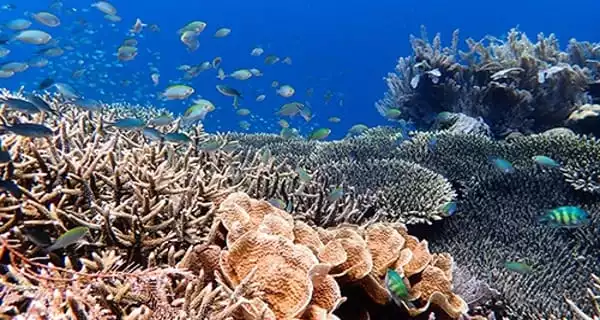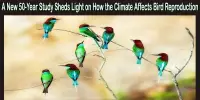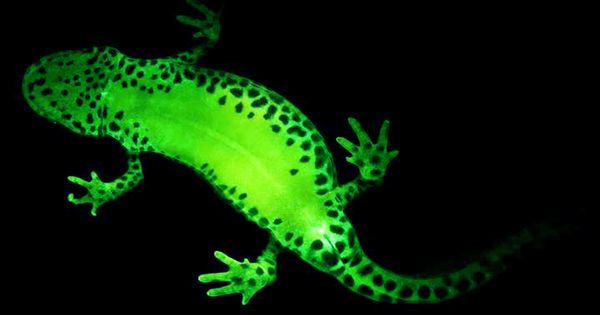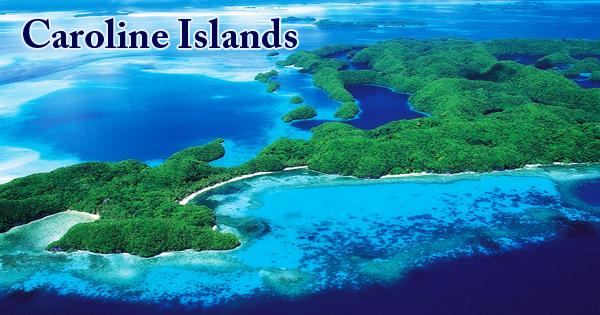The variety of living species that can be found in a specific location is referred to as biodiversity. Many people believe that coral reefs have the most biodiversity of any environment on the earth, even more than tropical rainforests. Coral reefs, which cover less than 1% of the ocean floor, are home to more than 25% of all marine species.
Scientists have revealed that enormous regions of intact coral reef with a considerable live coral cover that have not been harmed by people or climate change contain the highest genetic diversity. The researchers discovered a link between an ecosystem’s species diversity and the genetic diversity encoded within those species’ DNA through this work.
The diversity of stony corals that construct reefs has been hidden in plain sight. A genomic examination of the Indo-most Pacific’s common reef coral (Pachyseris speciosa) revealed that it was actually four separate kinds of coral, researchers report in Current Biology.
Coral reefs are the condos of ocean biodiversity, with more species per square meter than any other marine environment. Understanding which coral species promote biodiversity and how those corals behave is critical to caring for them, especially as global warming threatens ocean biodiversity. The findings suggest that other corals formerly assumed to be a single species may be far more diverse than researchers realized.
Rebecca Vega-Thurber
Coral reefs are the condos of ocean biodiversity, with more species per square meter than any other marine environment. Understanding which coral species promote biodiversity and how those corals behave is critical to caring for them, especially as global warming threatens ocean biodiversity. “Knowing what’s there is crucial for tracking what we’re losing,” says Rebecca Vega-Thurber, a marine microbiologist at Oregon State University in Corvallis who was not involved in the current study. The findings suggest that other corals formerly assumed to be a single species may be far more diverse than researchers realized.
Marine biologist Pim Bongaerts of the California Academy of Sciences in San Francisco and colleagues sampled over 1,400 P. speciosa corals from the ocean surface down to 80 meters using a combination of dive gear and remotely operated vehicles. The samples seemed identical in the lab, and their interior architecture was indistinguishable in scanning electron microscope photographs. Despite this, their genomes — their whole genetic instruction books — revealed that the corals diverged millions of years ago. That made sense for one of the species in the Gulf of Aqaba of the Red Sea, which was physically isolated from the others. The other three newly found species, on the other hand, dwelt on the same reefs off the coast of South Asia. If the corals were living together, why didn’t one overtake the other two, the team wondered.

The researchers discovered that the three separate coral species liked different water levels, with one abundant in the top 10 meters and the other two prospering farther down. The three coral species also contained varying amounts of photosynthetic algae and colors, implying that they had various techniques for hosting their algae partners, which produce food. In addition, the spawning times of these three species were slightly dispersed. The first released the majority of its gametes five days after the full moon, the second seven days later, and the third nine days afterward. The separation of spawning could assist each species’ eggs and sperm connect with the correct species match.
This study is the first to show how a set of cryptic reef corals are splitting up their shared ecological space — by depth, physiology and spawning time, Bongaerts says. “There are all these cryptic lineages occurring, but they’ve largely been ignored from an ecological point of view.”
According to reef genomicist Christian Voolstra of the University of Konstanz in Germany, the findings open the door to the potential that many other doppelgänger corals are multiple species that coexist due to ecological differences. “There’s a slim chance they chose the unicorn, but I doubt it. This study demonstrates that there is a high possibility of a wide range of reef corals with unique ecologies.”
Due to the importance of maintaining population genetic integrity, efforts for restoring damaged coral reefs should strive to keep the disturbed population’s allelic variety; unfortunately, genetic diversity estimates for most coral populations are not available. To provide a generalized estimate of genetic diversity (in terms of allelic richness) of scleractinian coral populations, the literature was surveyed for studies describing the genetic structure of coral populations using microsatellites.
















